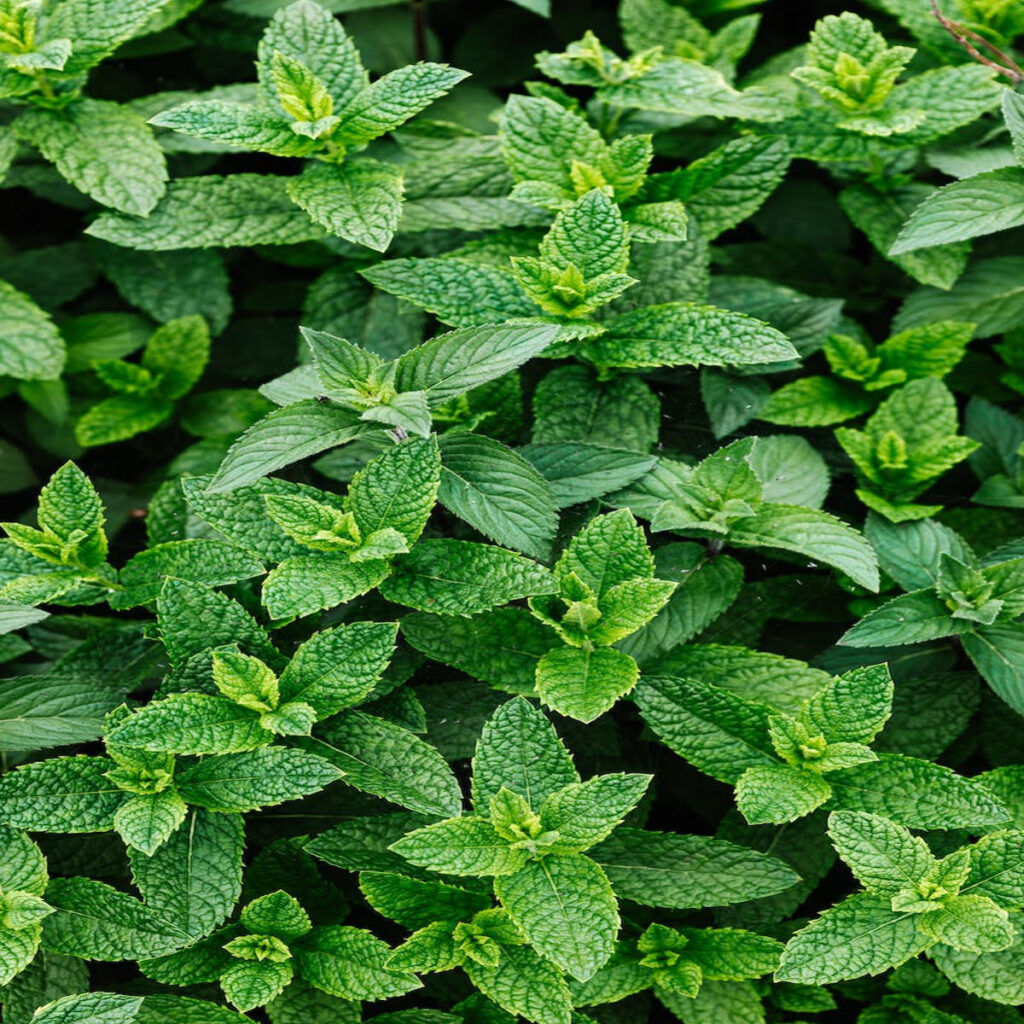Supplements and Herbs
Uncovering the Healing Powers of the Mint Family
As I sit down to write about the amazing world of mint, I can’t help but feel a sense of excitement. The mint family is so much more than just a group of aromatic herbs; it’s a treasure trove of healing potential and culinary delights. Join me as we delve into the diverse uses and benefits of the mint family, with a special focus on the superstar of the group – peppermint.
The Versatile Mint Family
The Lamiaceae family of mint plants is a diverse group of fragrant plants that are highly valued for their unique tastes and medicinal qualities. Each plant in this family has a distinct quality, such as the earthy scent of rosemary or the cooling effect of peppermint. Square stems, opposing leaves, and a strong minty scent are characteristics of mint plants. Famous herbs including spearmint, peppermint, oregano, basil, and thyme are members of this family.
Exploring the Health Benefits of Peppermint
Peppermint has long been valued for its health benefits due to its energizing fragrance and pleasant taste. The main active ingredient in peppermint is menthol, which has analgesic and anti-inflammatory qualities in addition to giving the herb its distinctively cold flavor. Because of this, peppermint is a well-liked option for easing headaches, gastrointestinal problems, and even respiratory ailments like coughs and congestion. Furthermore, peppermint’s menthol has been shown to relax the muscles in the digestive tract, which makes it an effective treatment for ailments like irritable bowel syndrome (IBS).

Mint Family in Herbal Medicine
The mint family, which provides a natural approach to wellness and healing, has long been a mainstay of herbal therapy. Members of the mint family have been used by traditional herbal medicine practitioners to treat a variety of health issues. The medicinal properties of mint plants are quite versatile, ranging from making calming teas to creating strong medicines. In the realm of herbal treatments, peppermint in particular has gained a unique position because of its capacity to reduce discomfort, encourage relaxation, and enhance general wellbeing.
Culinary Uses of Mint
The mint family is vital to the culinary world in addition to its therapeutic uses. Mint leaves are a popular element in cuisines all around the world because of their bright, fresh flavor. Mint enhances the flavor of whatever it touches, whether it’s the last flourish on a rich pastry, a crucial ingredient in a fiery salsa, or a cool addition to a summertime drink. Particularly peppermint adds a pleasant cooling to savory as well as sweet recipes, making it a culinary herb that works well in salads as well as drinks.

Harnessing the Power of Peppermint in Natural Remedies
When it comes to natural medicines, peppermint is a powerful ally for overall health. Because of its uplifting and calming effects, the essential oil extracted from the leaves of the plant is a great tool in aromatherapy. Distilled peppermint oil used topically can have a calming effect and encourage calmness. Additionally, peppermint oil is a popular option for do-it-yourself cleaning solutions due to its antibacterial qualities, which provide a natural substitute for traditional home cleansers.
Brewing Herbal Infusions with Peppermint
Making herbal infusions is one of the most enjoyable ways to get the benefits of peppermint. In addition to tantalizing the senses of taste, a warm cup of peppermint tea offers several wellbeing advantages. Making a soothing tea from fresh or dried peppermint leaves releases its medicinal chemicals and essential oils, which may help with digestion, reduce stress, and offer a little peace of mind during a hectic day. Peppermint infusion is a calming ritual that feeds the body and soothes the mind, whether it is consumed hot or cold.
Growing and Caring for Peppermint
Growing peppermint at home is a satisfying project for people who want to always have fresh peppermint available. Being a fast-growing plant, peppermint can flourish in many soil types and temperatures. For a plant to thrive, whether it is planted in a garden bed or a container, it has to have enough of sunlight and well-drained soil. The plant will remain fruitful and healthy with regular hydration and periodic trimming. Peppermint spreads fast, so to avoid it taking over the garden, give it plenty of room or keep it restricted.

Incorporating Peppermint into Everyday Life
Accepting peppermint’s therapeutic properties in daily life is a straightforward but significant decision. There are many ways to incorporate peppermint into everyday activities, from putting a few drops of peppermint essential oil to a diffuser for a cool scent to adding the herb’s zesty taste to culinary creations. A cup of peppermint tea at the end of a hard day gives a moment of relaxation, and a dab of diluted peppermint oil applied to the temples helps relieve headaches. We may take use of peppermint’s inherent benefits and improve our wellbeing by incorporating it into our daily life.
Conclusion: The Vibrant Peppermint
The mint family, led by the vibrant peppermint, not only adds a burst of flavor to our culinary experiences but also holds a treasury of healing wonders. Having woven itself into the tapestry of herbal medicine traditions, peppermint stands as a timeless companion in our journey to well-being. Beyond its aromatic allure and culinary versatility, peppermint beckons us to explore its therapeutic potential. By embracing its natural remedies and seamlessly integrating it into our daily rituals, we open the door to the extraordinary benefits of this herb. So, here’s to savoring a cup of revitalizing peppermint tea—a delightful toast to the countless possibilities that the mint family generously bestows upon our lives.


